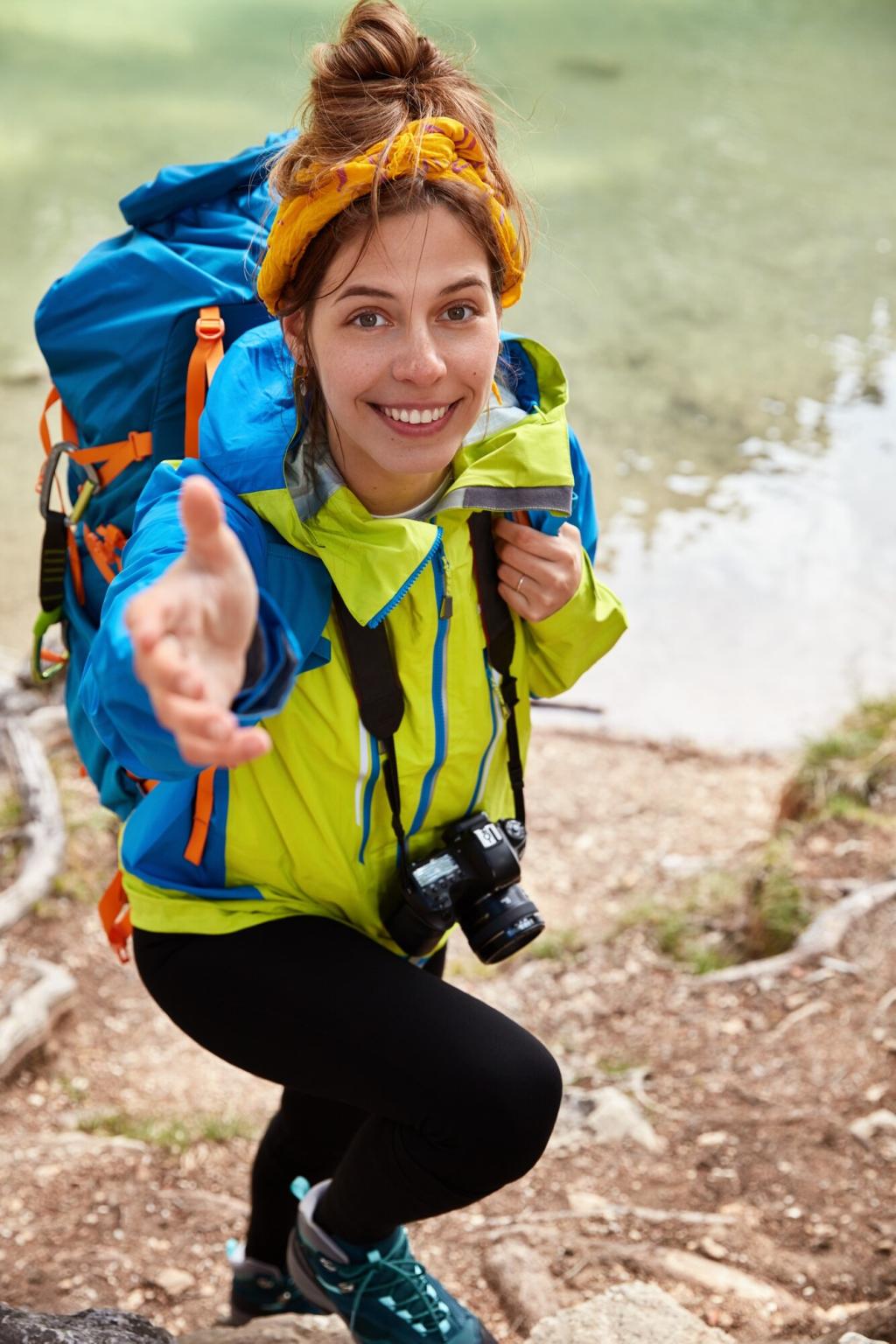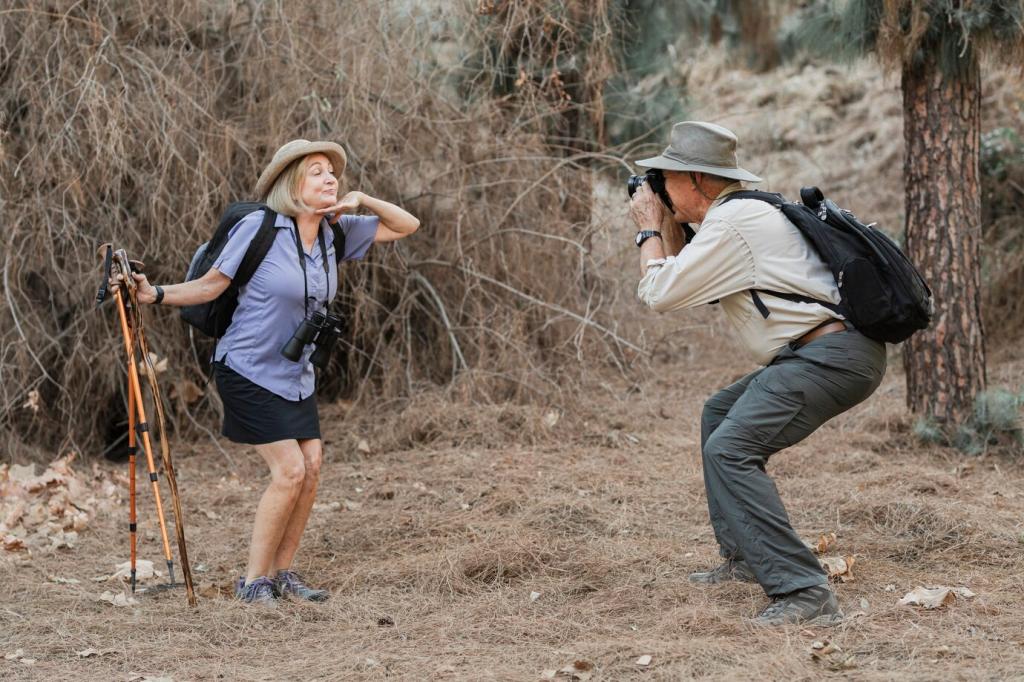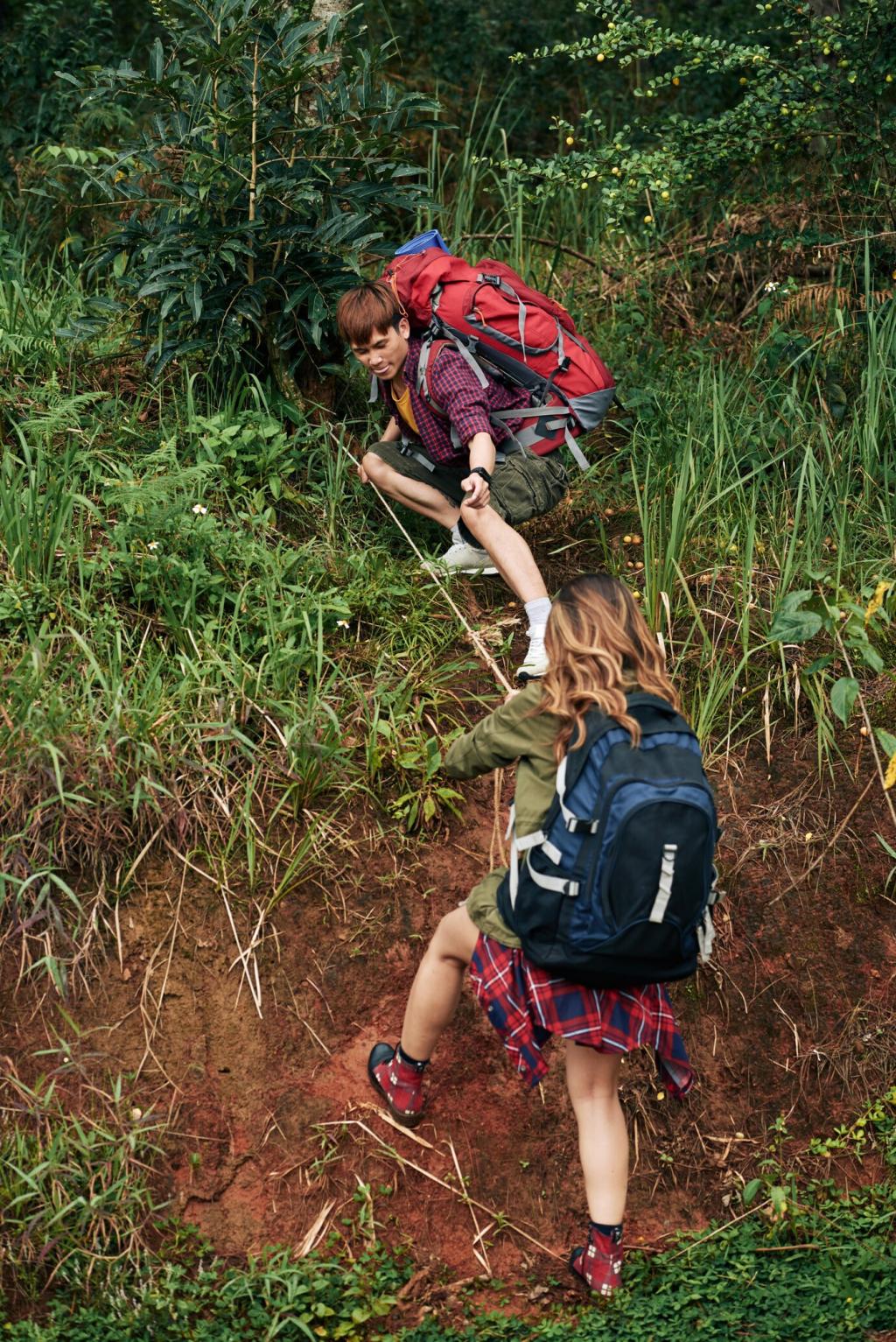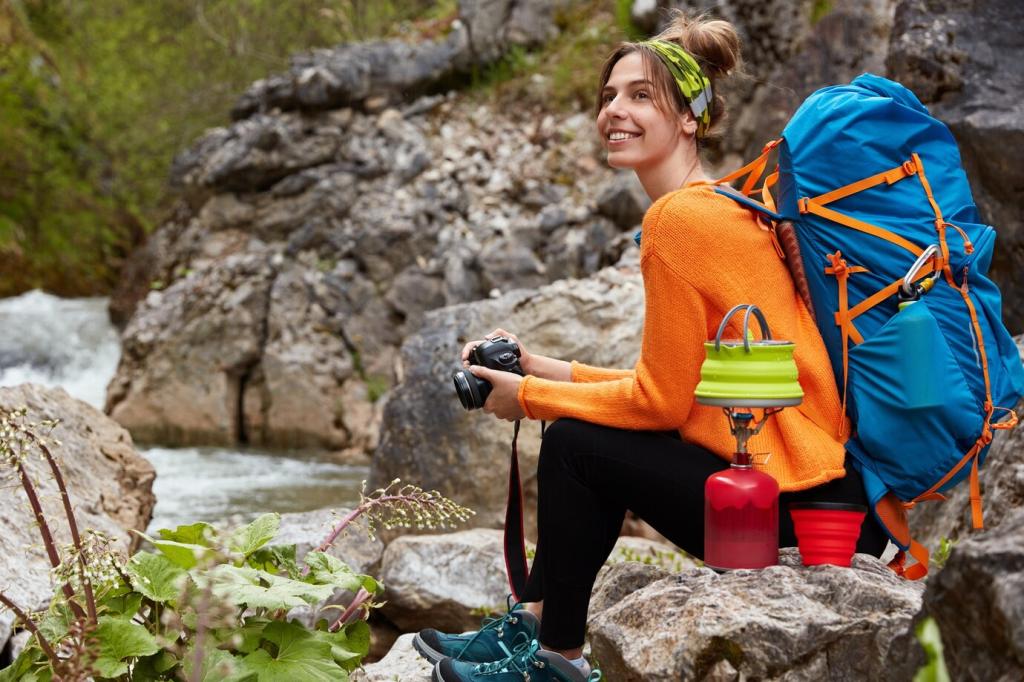Spring Picks: Thaw, Bloom, and Shoulder-Season Strategy
Select rounded summits with south-facing trails, sturdy bridges, and minimal avalanche terrain. Think foothill ranges and coastal high points where snow clears quickly, trails dry fast, and views bloom alongside wildflowers.
Spring Picks: Thaw, Bloom, and Shoulder-Season Strategy
Calving and nesting seasons often trigger area closures. Check park notices, respect seasonal wildlife buffers, and choose alternative mountains where access is open and your footsteps fit the season’s quieter, careful rhythm.





